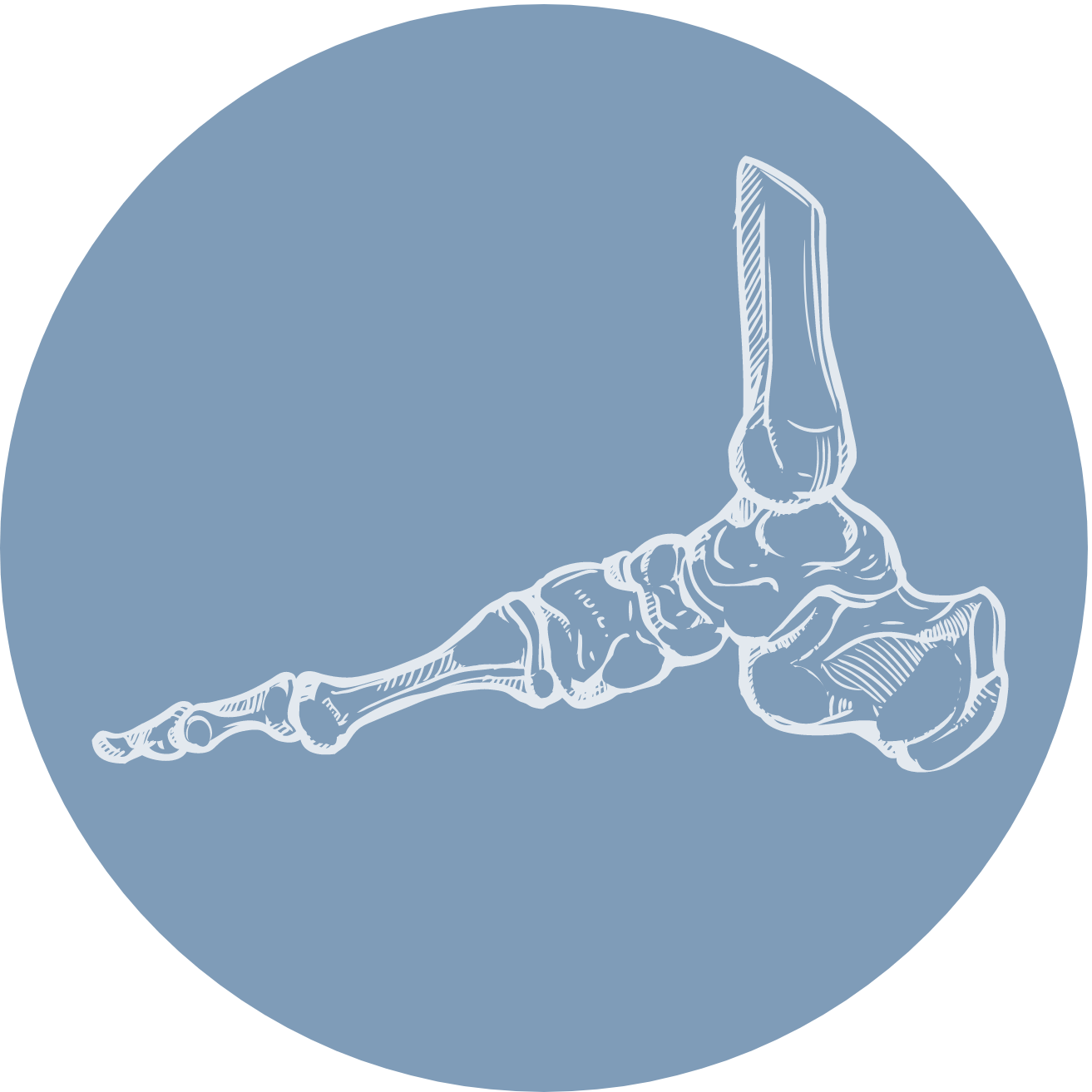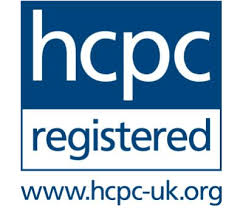If you’re reading this then congratulations! You’re either thinking about running a marathon or you’ll probably be about half way through your training for a spring marathon by about now. Running a marathon is a HUGE achievement, and at J&L Health we know just how much time and dedication goes into it. Our experts have put together their top 10 marathon training tips, to make your experience a more positive one!
Find the right trainers
First things first! If you haven’t already, go and get your feet properly measured and wear your new trainers around the house for a few days beforehand to make sure you’re happy with the fit. Its really important that you race in a pair that you have already trained in. If you’re happy with your first purchase then buy an identical pair and train in them both, alternating as you go. If something happens to one pair then the second pair can be worn without any issues. Remember that pronation and supination are normal movements within the gait cycle so there is no need to buy a specific trainer, purchase a neutral, stable cushioning pair (our personal favourite are HOKA’s). Bare in mind that a trainer’s lifespan is approximately 300-500miles after that it loses it function and shock absorption.
2.invest in your socks
Socks may not seem as important as trainers but investing in a few good pairs can prevent problems such as infections and blisters. The right pair are vital for good performance, comfort and support, because they have been designed specifically to increase ventilation, wick moisture and offer support in all the right places. Avoid cotton socks, try and opt for materials such as marino wool or bamboo instead. The devil is in the detail so make sure you check that the seams, thickness and sizing is just right for you too.
3. avoid blisters
Blisters are one of the most common injuries we see from marathon training. Whilst they are usually mild, they can be incredibly painful and actually prevent you from running. Wearing good fitting shoes and socks will lower your risk, but if you are getting them frequently you will need to speak to your podiatrist. Prevention depends on your skin type and what is causing them so its best to get tailored advice. If they are mild and infrequent we recommend hydrocolloid dressings such as Compeed. This will protect your blister and stop any infection getting in. If your blister is weeping a lot, you will need a more absorbent dry dressing such as Melolin, which you will need to change daily.
4. GET Stretching
Most people realise that you need to warm up and cool down your muscles to avoid injury, but sometimes we become complacent. Make sure your stretches are slow and sustained. Stretch and then stretch some more after a run – especially if your training involves hills. Inclines will strain your calf muscles and so stretching becomes even more important, as these muscles can take a while to repair. Don’t forget to add in those strengthening exercises too! As you increase your mileage, the length of time you spend on strengthening and stretching should increase too.
5. Address those aches and pains
Any small pain or discomfort in your feet can quickly worsen and turn into an injury that requires you to forgo participating in your marathon. Because of the repetitive movements of running, overuse injuries like achilles tendinitis and plantar fasciitis are common. If you experience any pain, stiffness, or discomfort during or after running, schedule an appointment with a podiatrist. The sooner you address your pain, the sooner you can get back to training. The best way to avoid injuries is to follow a good training programme- this should be regular, build up over a suitable period and, crucially, should also include rest days. Keep it in mind that rest days are as important for your marathon training as running days!
6. manage YOUR CALLUSES
The repeated friction from contact between your foot and your shoe during running causes the skin on your foot to die and harden into a protective surface. Calluses are usually caused by improper fit of shoes and socks, but can also be caused by your running gait. Preventing calluses at home should involve using a pumice stone regularly in the shower and applying an emollient before you go to bed (we recommend CCS foot care cream). You may also want to look into different lace thing techniques to avoid excess pressure on areas of your feet. There are some really good video tutorials online to show you how to do this, depending on where your calluses are. However, if you are struggling to keep on top of them yourself or if they are painful or dark in colour then its a good idea to schedule an appointment with a Podiatrist to have them treated regularly during your training.
7. PRACTICE GOOD FOOT HYGIENE
As bacteria and fungi thrive in warm, damp conditions, so practicing good foot hygiene daily is important to remove sweat and reduce the likelihood of odour and infections. Wash your feet using a non-perfumed shower gel and dry your feet thoroughly after, not forgetting between your toes. Your feet have a quarter of a million sweat glands, so good foot hygiene is vital! To keep your feet free of infection, make sure you leave your trainers to dry too, somewhere warm but ventilated is best. If you find that your skin is becoming itchy or red then book an appointment to see your podiatrist.
8. KEEP YOUR TOENAILS TRIMMED
It’s particularly important for runners and joggers to keep their toenails short. If a nail overhangs the toe, your trainers will exert undue pressure on it, sending shockwaves through the nail bed. That leads to swelling and bruising. This usually grows out on its own but in some cases this can lead to complication such as infection, ingrowing or thickened, painful toenails. Trim your nails regularly, cutting across and then filing off the edges. Avoid cutting too far down the sides which can lead to ingrowing toenails.
9.Don’t try anything new
You’ve taken months to plan for your marathon and the day is finally here! When you’re feeling those pre-race nerves its really tempting to observe what other people are doing or wearing in the lead up, but its really important to stick to what you know. That means no new shoes, socks, clothing, creams, even running style! If you want to experiment and try anything new make sure its done with plenty of time in advance so that your body can adjust and you can ensure its not making things worse!
10. and lastly…HAVE FUN!
You have done absolutely everything you can to get to this point. Hundred’s of hours of preparation and no doubt a whole lot of blood, sweat and tears. Remember to listen to your body, if something feels too much then slow down, take some time to stretch and try again. There will be a large medical team of volunteers, including many Podiatrists, waiting to patch you up at the end should you need it. Enjoy yourself, soak up the atmosphere and know that you are doing something incredible. Wishing you the very best of luck from all of the J&L team x












